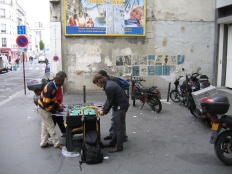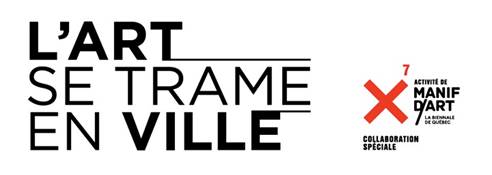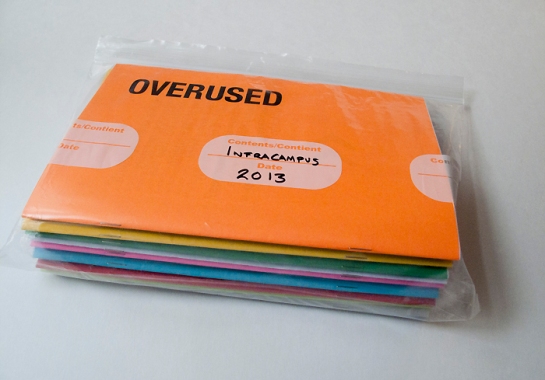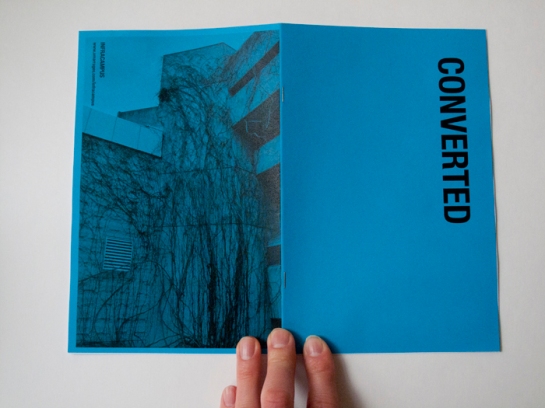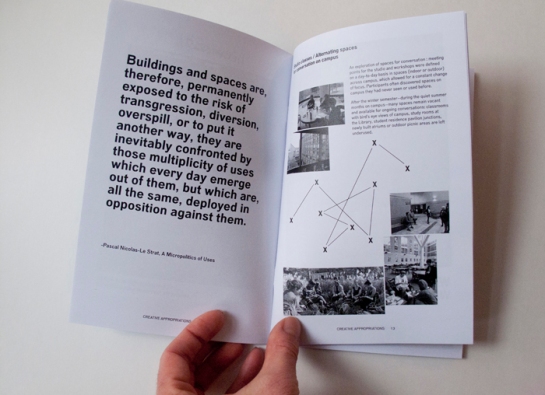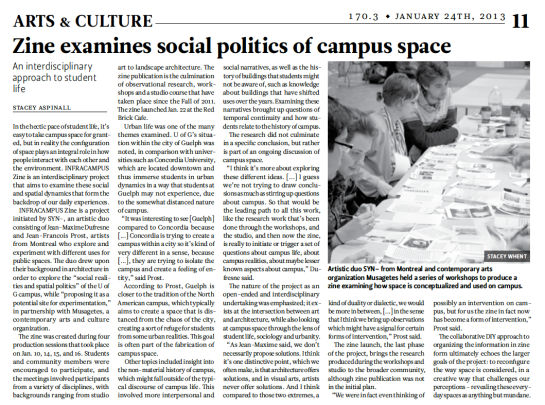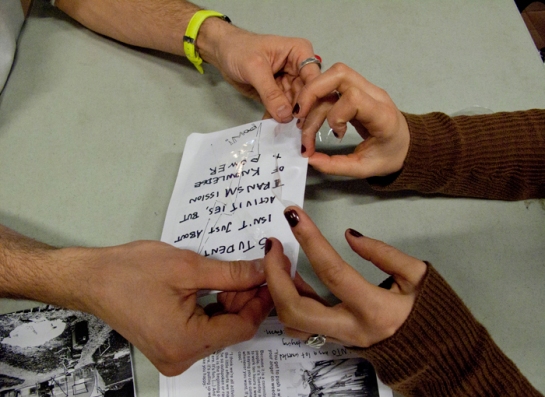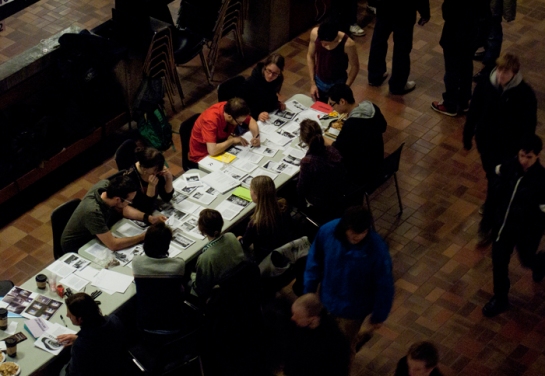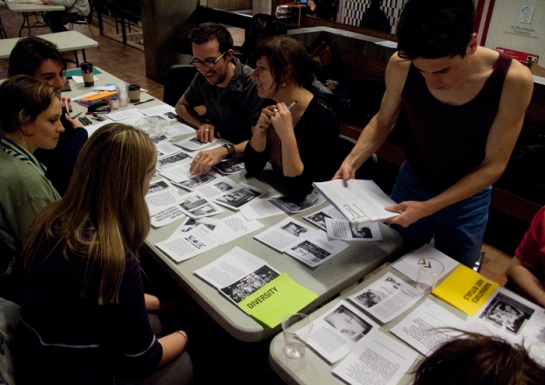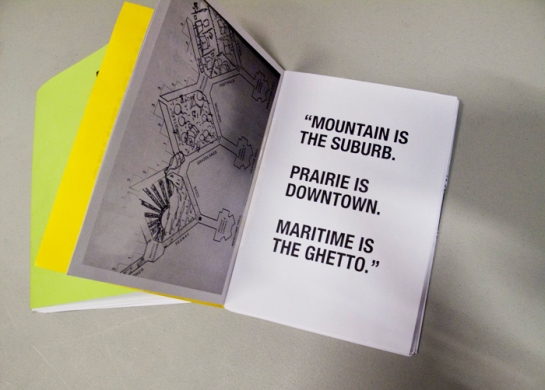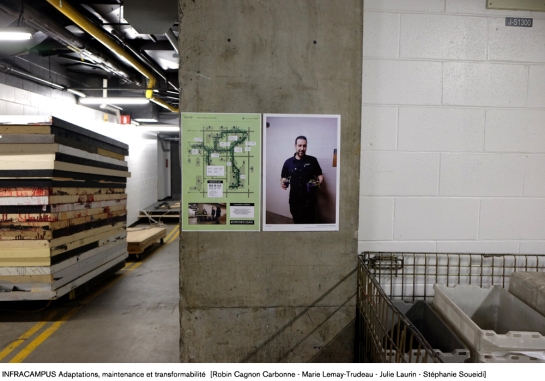
INFRACAMPUS est un atelier interdisciplinaire qui explore la culture des campus universitaires à travers leurs réalités sociales, politiques et spatiales, en les reconsidérant comme un terrain propice à l’expérimentation. Le cours est offert à tous ceux qui souhaitent partager, examiner et révéler une condition particulière de l’UQÀM. Dans cet atelier de recherche-action, nous nous intéressons aux infraqualités — telles que des réalités inexplorées, émergentes, invisibles ou minoritaires — pouvant alimenter des réflexions et inciter des actions sur le présent et l’avenir du campus de l’UQÀM. Une série de conditions singulières identifiées sur le campus feront l’objet d’une exploration approfondie en ayant recours à une diversité de moyens d’enquête et d’action. Parmi les conditions explorées, notons : l’autonomie et la porosité du campus ; le potentiel d’adaptation, de maintenance et de transformabilité; l’hétérogénéité versus l’uniformité ; les environnements incertains ainsi que les perceptions et récits. Quels éléments, situations ou tactiques peut-on imaginer pour interagir avec ces conditions ? Comment pouvons nous intervenir sur le campus pour encourager l’apparition de nouveaux types d’actions, des configurations sociales et des interrelations inusitées et insoupçonnées qui remettent en question les usages et les perceptions existantes ?
DES702F – Atelier thématique en design d’événements
École de design de l’UQAM, hiver 2016
Enseignants : Jean-Maxime Dufresne et Jean-François Prost
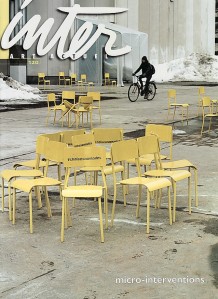
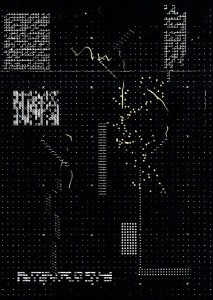
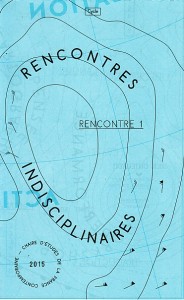
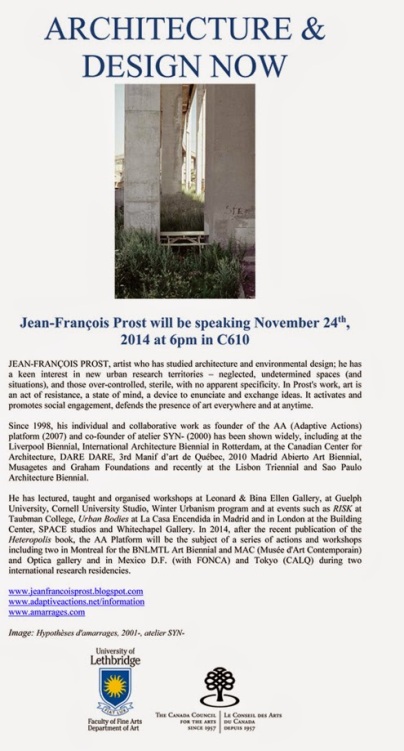
![PA_Sports_Playground[1]](https://ateliersyn.files.wordpress.com/2014/10/pa_sports_playground1.jpg?w=300&h=173)
